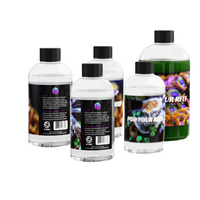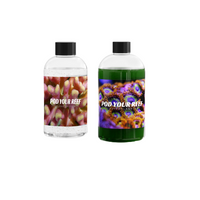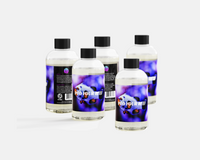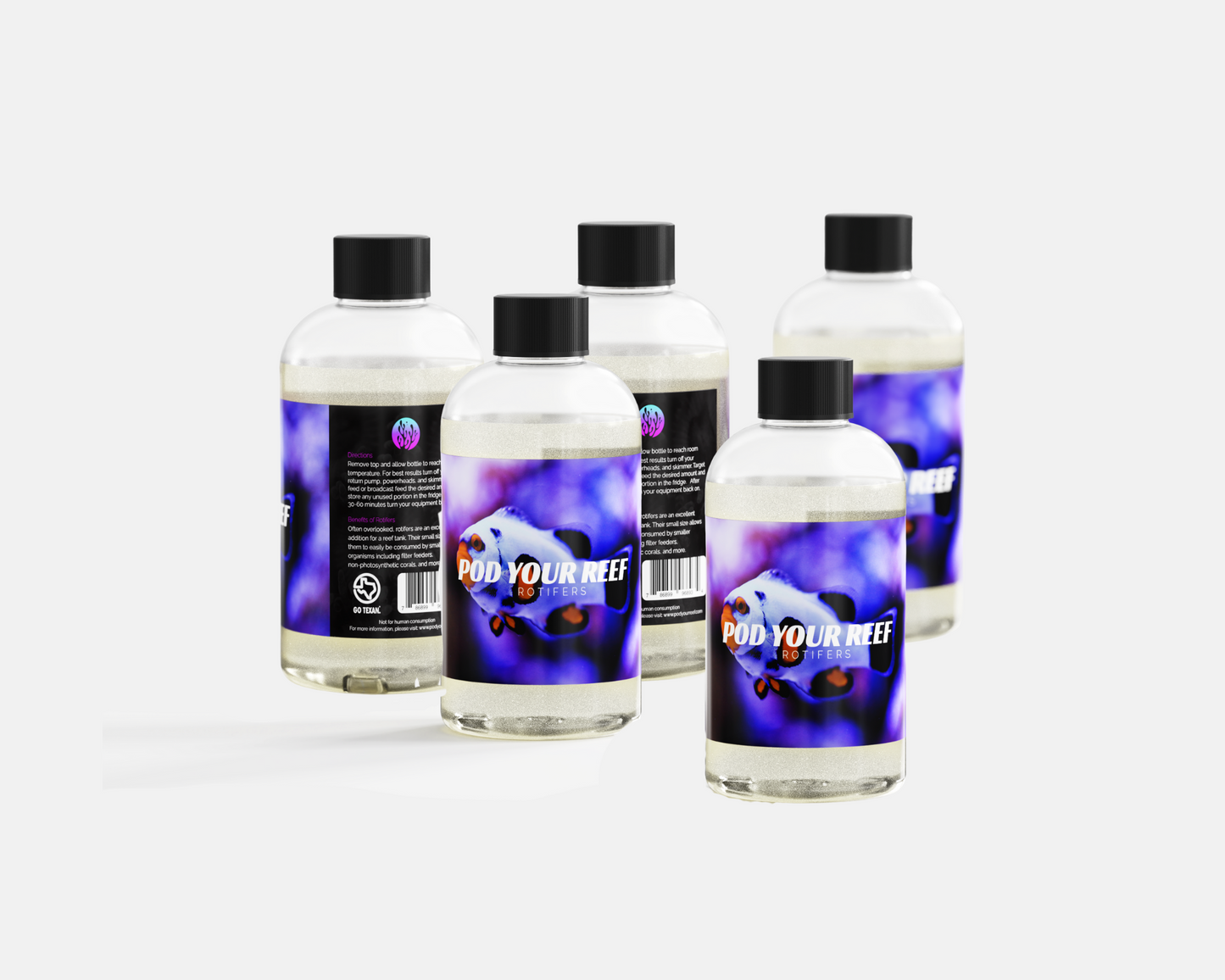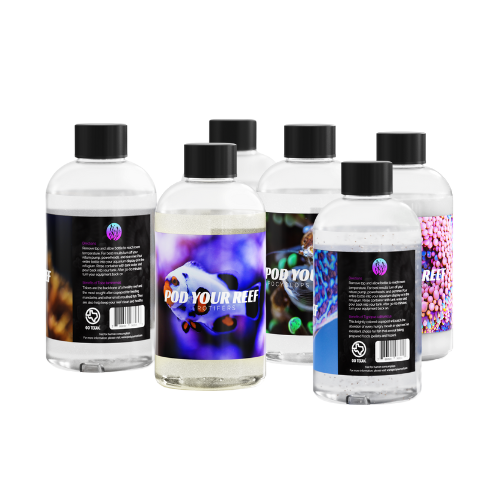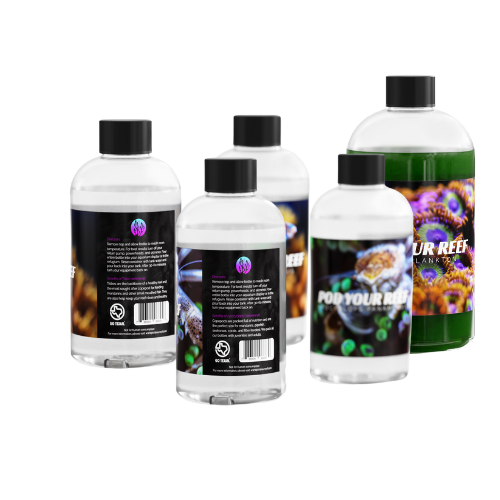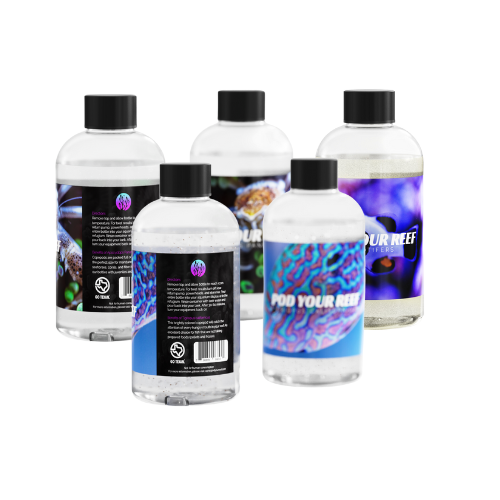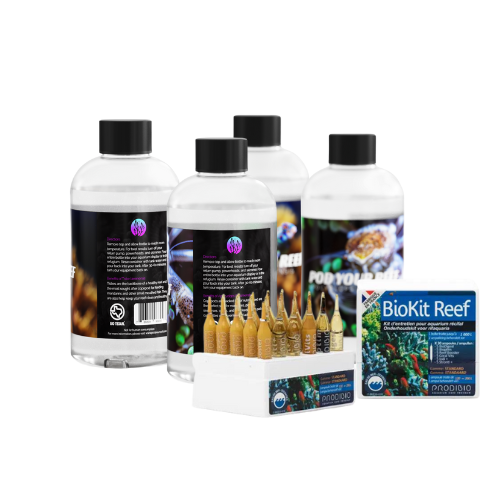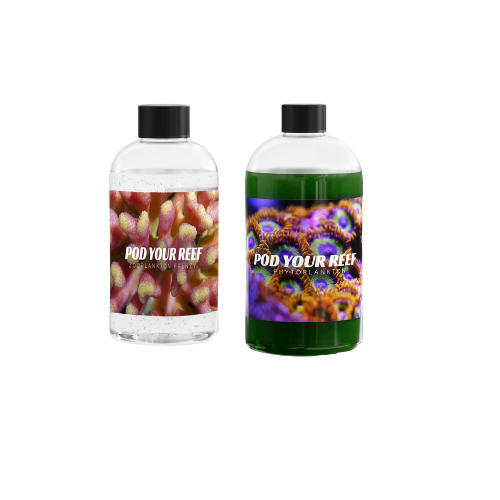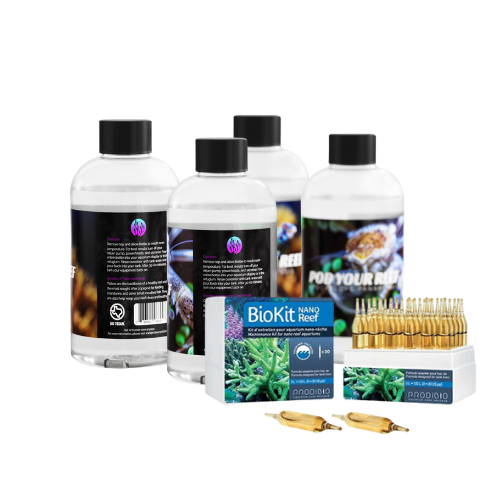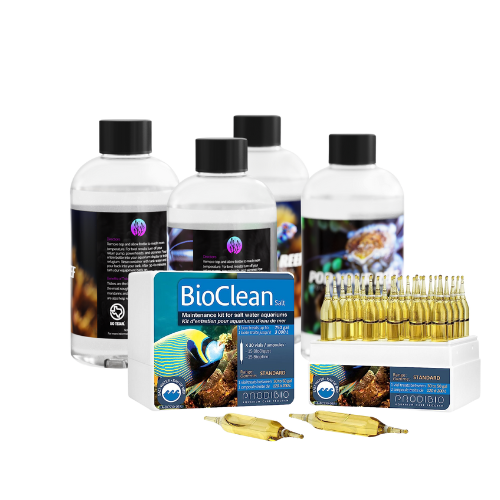Nannochloropsis is often valued for its high protein content and favorable lipid profile, especially its richness in EPA (eicosapentaenoic acid). Dry weight protein can be reasonably high (some sources say ~30-50%). It contains all essential amino acids (though the proportions might not be as ideal as in Rhodomonas, for example), the big claim to fame: EPA, an essential omega-3 fatty acid. Nanno is naturally rich in EPA, which is one reason it’s used to enrich rotifers and brine shrimp in aquaculture. On the flip side, Nannochloropsis contains virtually no DHA. This absence is why people often pair it with a DHA source, such as Isochrysis. However, its EPA content is sufficient to significantly enhance immune function, cell membrane health, and overall nutrition in marine life. It also produces some omega-6 fatty acids (like ARA) and other lipids. One characteristic of Nanno is that it has a thick cell wall composed mainly of cellulose. This wall is not digestible by many zooplankton unless broken. Now, certain filter feeders (like clams or sponges) can still extract content from Nanno, and in reef tanks, bacteria will degrade those walls over time, releasing nutrients. However, the hardy cell wall is a double-edged sword: it provides Nanno with stability and a long shelf life, yet can reduce immediate digestibility for some animals.
Many hobbyists mitigate this by using Nanno primarily to feed the smallest creatures (rotifers, copepod nauplii, etc.) or by relying on indirect feeding (fish eats pod that ate Nanno). Pigments: Nannochloropsis has chlorophyll a (but notably no chlorophyll b, since it’s not a chlorophyte but a eustigmatophyte). It also contains unique xanthophylls, such as violaxanthin and vaucheriaxanthin. These contribute to its vivid green color. Additionally, Nanno is known to have carotenoids such as astaxanthin, canthaxanthin, and zeaxanthin in smaller quantities. These are pigment antioxidants that can enhance animal coloration. For example, astaxanthin is the red or orange pigment that, when passed up the food chain, helps give fish and shrimp their characteristic colors. Indeed, the rich green of Nanno signals lots of chlorophyll and carotenoids, which herbivores can use. Nanno also contains beneficial polysaccharides – studies mention immune-boosting polysaccharides in Nanno that can benefit larval animals and possibly aquarium fauna by supporting gut health. It’s like a little packet of algal fiber and prebiotics in addition to the macros. Vitamins & minerals: Nanno synthesizes various vitamins (such as B1, B2, B12, and E) and can concentrate trace minerals (like iron, zinc, and iodine) from the water. These micronutrients then become available to whatever consumes the Nanno. One notable mineral: Nanno can carry some phosphorus in an organic form and a small amount of nitrogen; when animals digest it, they obtain these nutrients. Overall, nutritionally, Nannochloropsis is a foundation feed; it’s not the absolute best in any single category (except maybe EPA content). Still, it’s good across the board: lots of protein, good fatty acids (EPA), high chlorophyll, and some carotenoids, plus vitamins. It’s often termed the “bread and butter” phyto, forming the bulk base of many diets (with other phyto adding the “extras” like DHA or phycoerythrin).
